Early Career Scientist Spotlight
Dr. Niama Boukachaba (she/her/hers)
Atmospheric Scientist
Global Modeling and Assimilation Office (610.1)
What inspired you to pursue a career in atmospheric science?
I grew up in Marrakesh, a city in southern Morocco. Marrakesh is one of the most beautiful cities in the country with its colorful souks, Moorish architecture, aromatic dishes, authentic riads, and labyrinthine well-preserved medina (old city). However, Marrakesh weather is very challenging. The climate is semi-arid with a very high temperature that can be hotter than 113°F (45°C) during the summer. I’ve always been fascinated by how the old city was built to mitigate the effects of its weather. When I went to the university, I naturally chose to study the ‘Earth science’ field. I was particularly interested in using satellite observations (remote sensing and data assimilation fields).
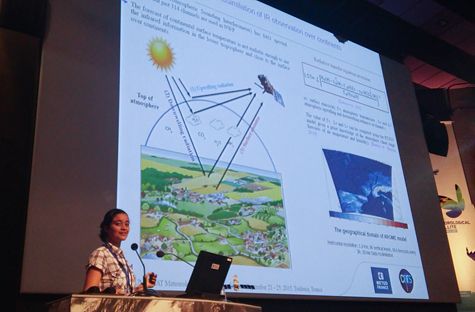
Credit: Niama Boukachaba
What science questions do you investigate?
I’m working on improving the assimilation of infrared (IR) hyperspectral sensors such as NASA’s Atmospheric Infrared Sounder (AIRS), the National Oceanic and Atmospheric Administration’s (NOAA) Cross-track Infrared Sounder (CrIS), and the European Infrared Atmospheric Sounding Interferometer (IASI). The question my teammates and I ask ourselves is: how could we optimally use infrared satellite data to improve weather forecasting? And if/when we can do this, how much improvement could we achieve?
Concretely, I focus on the use of these satellite data on the NASA Goddard Earth Observing System (GEOS), which is a Numerical Weather Prediction (NWP) system, with an eye toward improving its forecast skills. One of the approaches I investigate consists of enhancing the use of these hyperspectral IR radiances in the NASA GEOS data assimilation system. I assess, both quantitively and qualitatively, the impacts of these satellites on the analysis and forecast quality using the GMAO’s (Global Modeling and Assimilation Office) hybrid 4D-ensemble-variational data assimilation framework.
More explicitly, I’ve been working on efficiently implementing a standalone cloud-clearing algorithm: a technique used to extend the exploitation of infrared data in cloudy conditions. This is important because clouds emit in the same band with roughly 67% coverage of the globe, so we need to account for them. This was implemented in a parallelized fashion into the NASA Center for Climate Simulation (NCCS) to increase computational efficiency, which led to decreasing the processing time from several days to few hours. The algorithm was designed to be a standalone tool to facilitate its porting to other operational systems such as those of NOAA and the European Center for Medium-range Weather Forecasting (ECMWF).
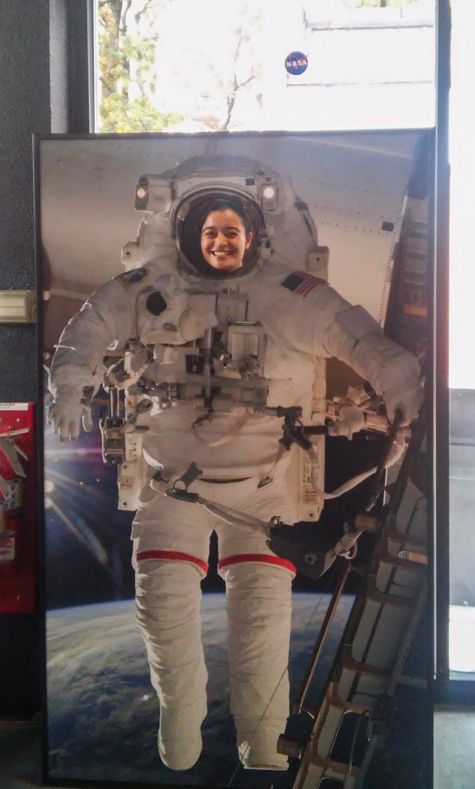
Credit: Niama Boukachaba
How did you end up working at NASA Goddard?
I obtained my PhD in 2017 at Meteo-France, Toulouse, France. Immediately after that, I moved to the USA to start my professional career as a postdoctoral associate at the Earth System Science Interdisciplinary Center (ESSIC) of the University of Maryland working on geostationary data (Geostationary Operational Environmental Satellites; GOES-R program). After a couple of months, I applied to an internal announcement offering a postdoctoral position at NASA within the GMAO. Since then, I have been working, along with my colleagues, on enhancing GMAO’s capabilities in the NASA GEOS data assimilation framework and contributing to existing projects and research.
Tell us about one project that has been particularly impactful in your field.
During my PhD, I was working on improving the assimilation of IASI over continents in the Application of Research to Operations at Mesoscale (AROME-France) convective-scale model of Meteo-France. My PhD showed that we can improve the assimilation of IASI observations over land both in the regional and the global French models (AROME and ARPEGE (Action de Recherche Petite Echelle Grande Echelle), respectively). Prior to my work, these data were only used over ocean surfaces. I am particularly proud of that project because the developed methodology is now operational at Meteo-France, hopefully making a positive impact, however small, on the quality of the forecast that many people depend on.
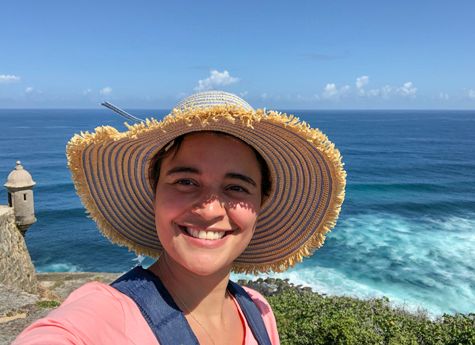
Credit: Niama Boukachaba
If you were to expand your current research focus, what new topic(s) would you explore?
I am eager to explore the use of AI (Artificial Intelligence), both ML and CV (Machine Learning and Computer Vision), in my field of satellite remote sensing and data assimilation.
What advice would you give your younger self?
Be patient! Nothing in life is easy. I’ve learned from my own experience that success is built after several failures. Hard work and perseverance can overcome anything. A big dream comes true by completing small objectives and learning from our mistakes. Each day is a new one, so enjoy what you are doing, and be happy and proud of your achievements.
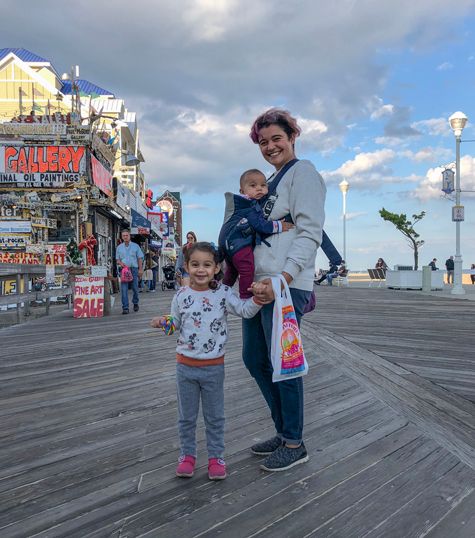
Credit: Niama Boukachaba
What do you like to do in your free time?
I love spending my free time with my family. I have two beautiful daughters, Yasmeen and Hannah, who illuminate my life and keep me busy all the time. We do a lot of fun activities at home and outside. As a family, we like to travel, to discover small, charming cities around our area, to try different restaurants from time to time, and to enjoy exhibitions and art events. I also like cooking Moroccan dishes for family and friends (especially the famous Moroccan tajine and couscous) and doing some horse riding and swimming to clear my mind.
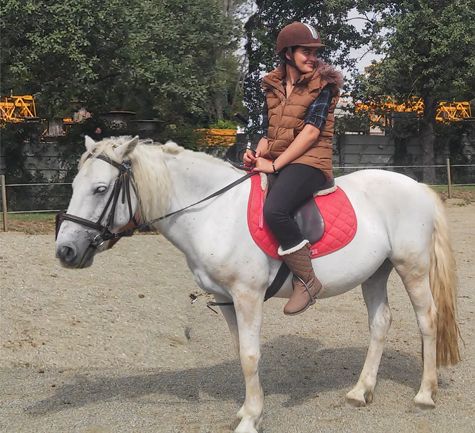
Credit: Niama Boukachaba
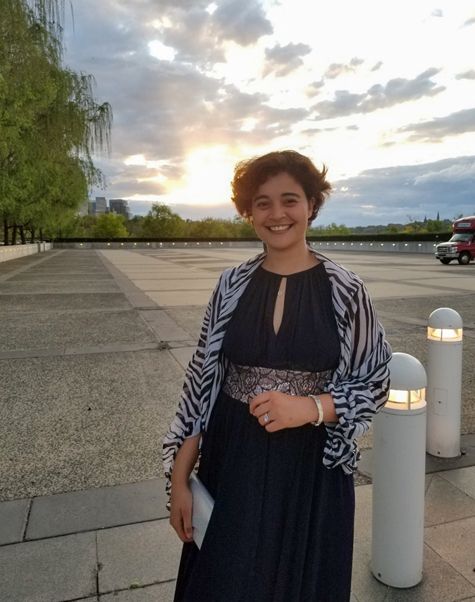
Credit: Niama Boukachaba
Biography
Home Town:
Marrakesh, Morocco
Undergraduate Degree:
B.S. Life Sciences. Cadi Ayyad University, Marrakesh, Morocco
Post-graduate Degrees:
M.S Green Engineering. Cadi Ayyad University, Marrakesh, Morocco
M.S Remote Sensing. Rabat Agdal University & African Regional Center for Space Science and Technology, Rabat, Morocco
Ph.D Atmospheric Science. Toulouse University & National Center of Meteorological Research of Meteo-France, Toulouse, France
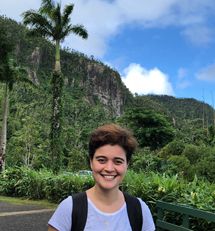
Link to Dr. Boukachaba's GSFC Bio
